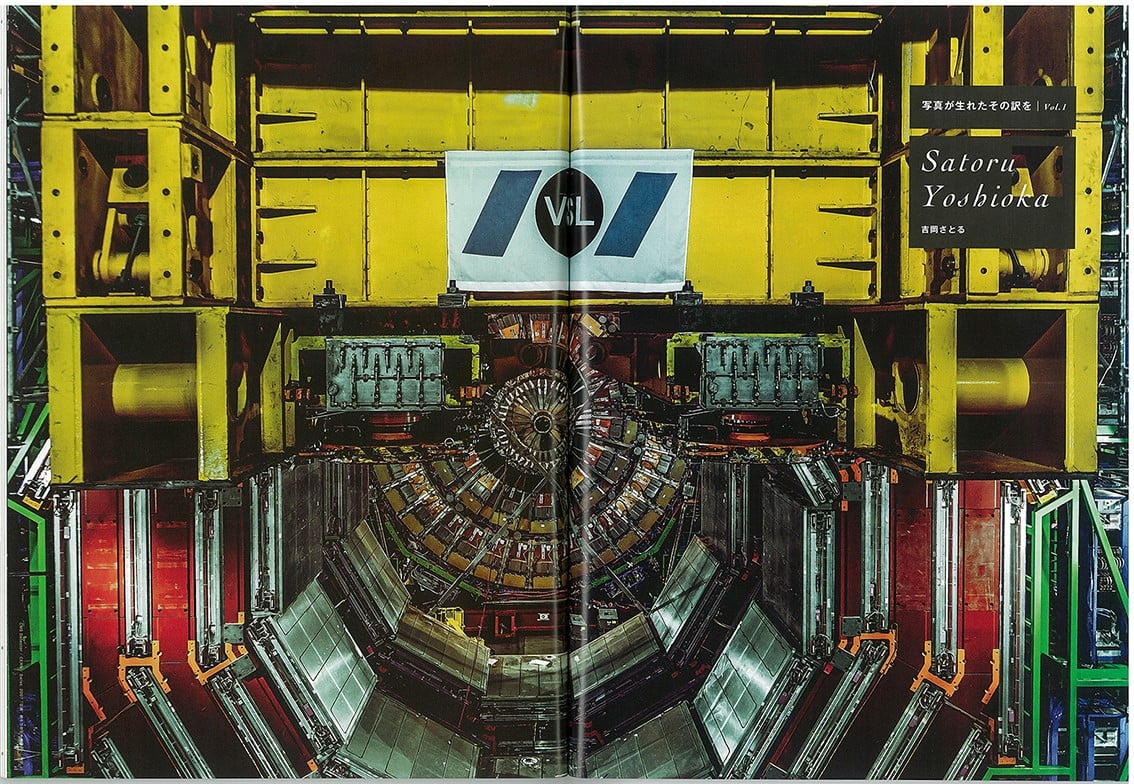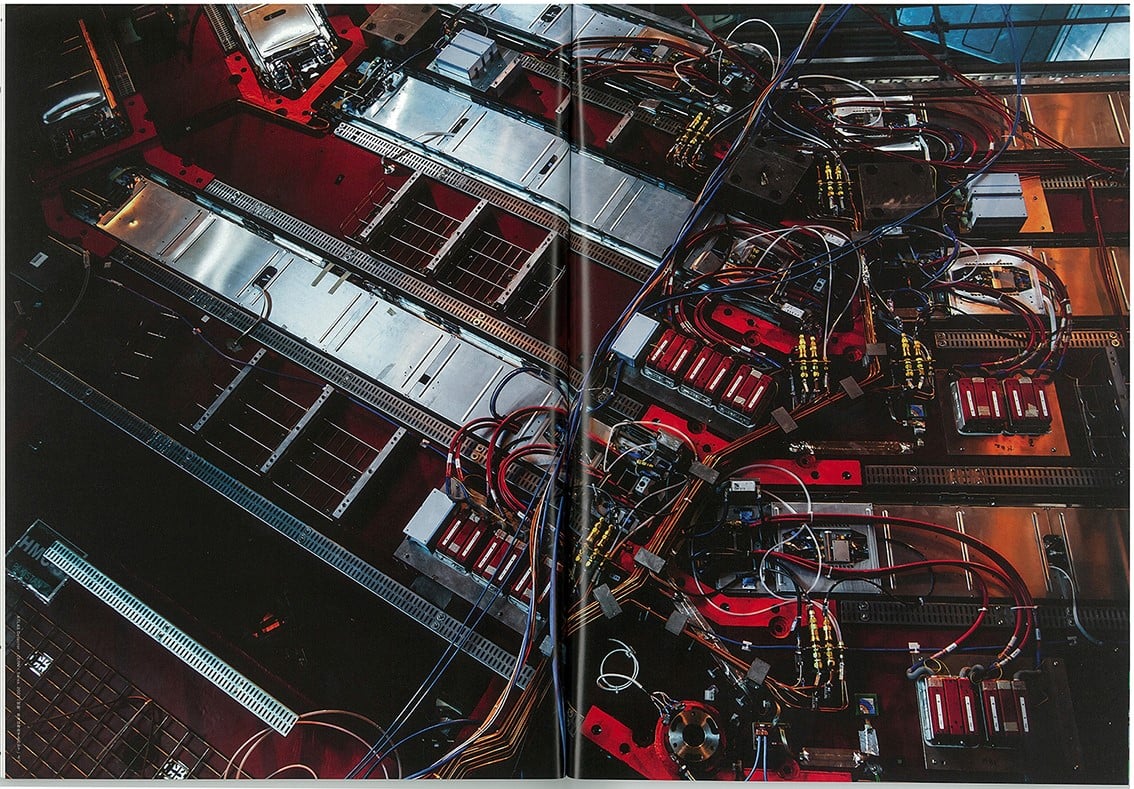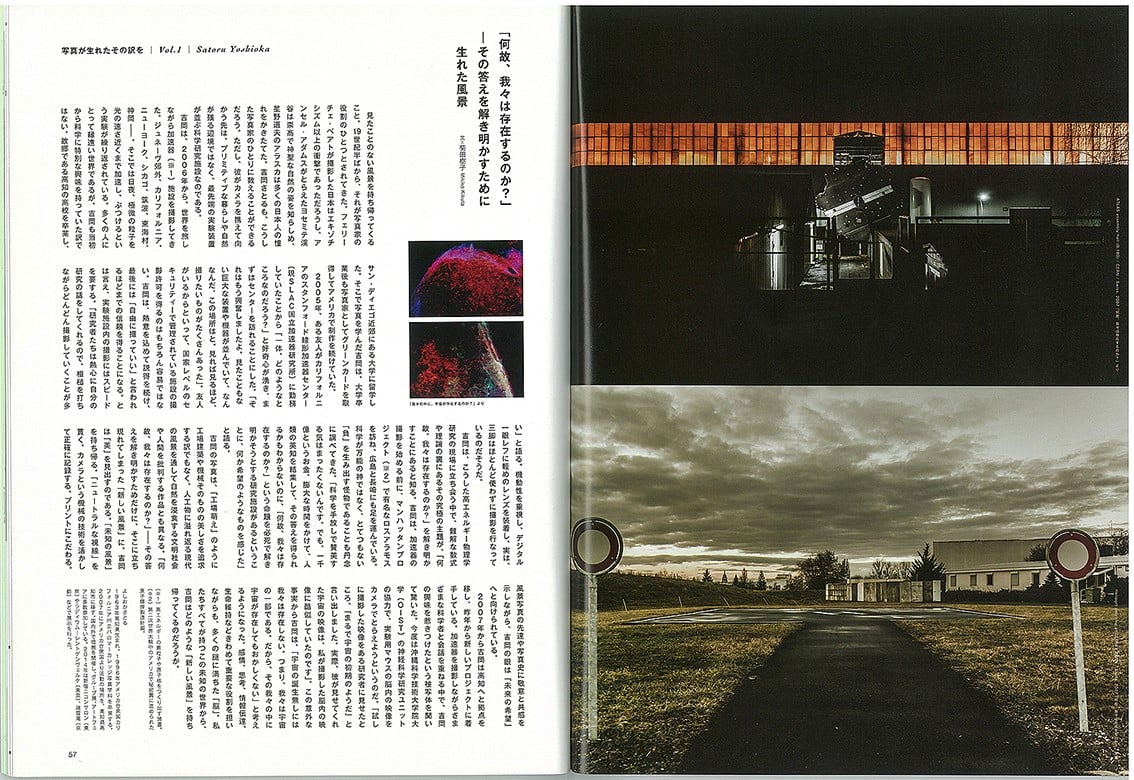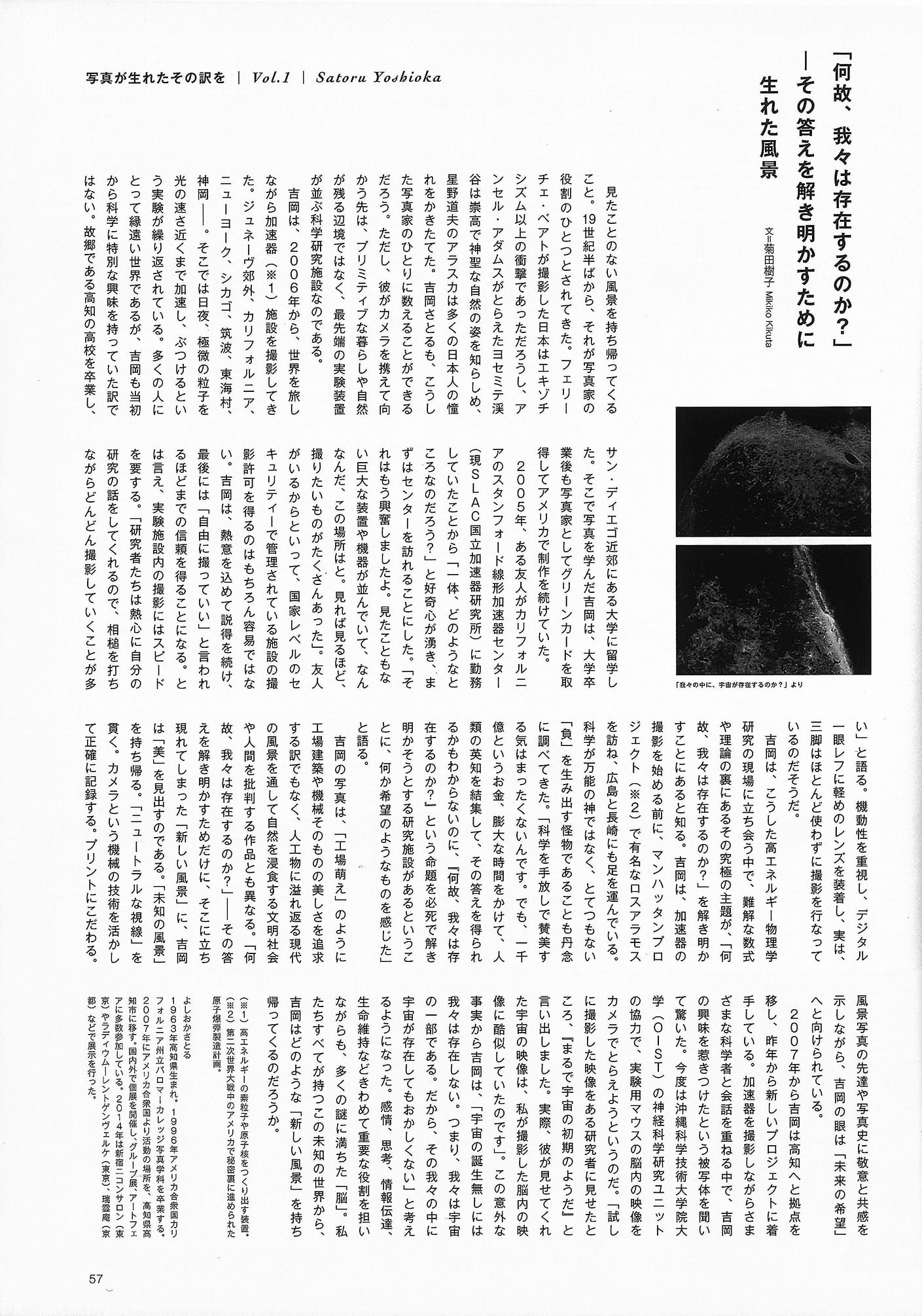 |

|

|

|
|
Mikiko Kikuta 「『Why do we exist?』---Landscape image was born in
order to unravel the answer」, the reason that photograph exists Vol.1、『PHat PHOTO 2015 / Vol.85』 2015年 菊田樹子 「『何故、我々は存在すのか?』———その答えを解き明かすために生まれた風景」、 写真が生まれたその訳を Vol.1、『PHat PHOTO 2015 / Vol.85』 |